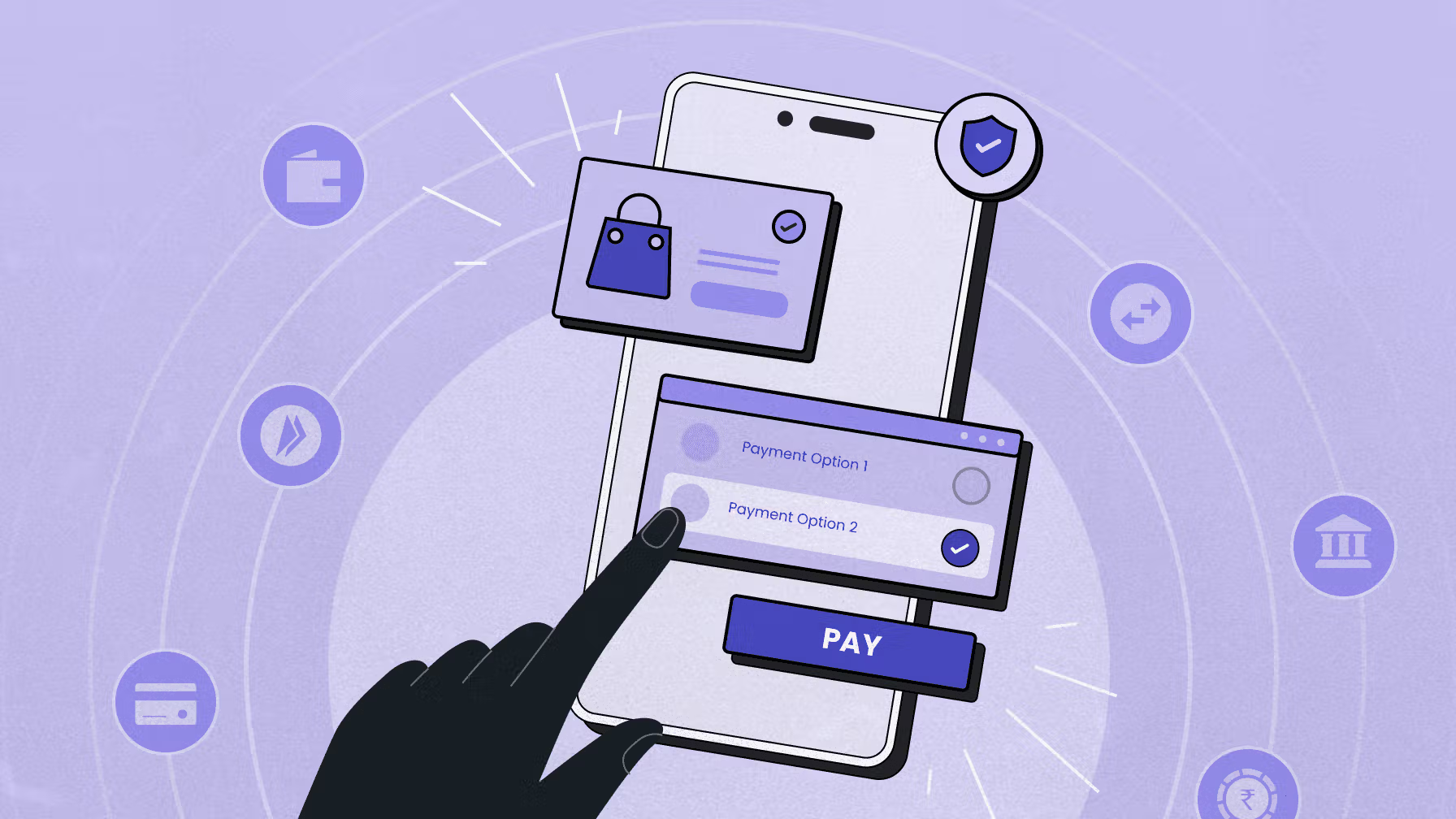E-commerce has evolved into a global marketplace where speed, choice, and trust in payments determine conversion rates and customer loyalty. Shoppers expect smooth checkouts, merchants need fast settlements, and businesses can no longer rely on single-rail systems like cards alone.
Yet, many online stores still struggle with fragmented payment setups—crypto gateways on one side, card processors on another, and international payments slowed down by banking friction. This lack of unification creates unnecessary costs, abandoned carts, and limited global reach.
This article explores the future of e-commerce payments, the challenges of handling crypto, fiat, and stablecoins separately, and how TransFi Checkout unifies them into a single seamless solution for merchants worldwide.
Understanding E-Commerce Payment Challenges
E-commerce merchants today face several hurdles when managing digital transactions:
- Multiple integrations – separate APIs and service providers for cards, crypto, and alternative methods.
- High cross-border costs – FX fees and international wire charges eat into margins.
- Cart abandonment – shoppers drop out when preferred payment methods aren’t available.
- Settlement delays – traditional rails take days, slowing cash flow.
These issues don’t just affect operations—they directly reduce sales and customer trust.
Hidden Costs of Fragmented Payment Systems
Operating with siloed systems for fiat, crypto, and stablecoins often creates unseen financial and reputational costs:
- Lost sales opportunities when global customers can’t pay in their preferred currency or method.
- Volatility risks when stablecoin and fiat conversions aren’t locked in at checkout.
- Operational inefficiency from reconciling across multiple providers.
- Customer dissatisfaction caused by failed or delayed payments.
Fixing Payment Friction With Multi-Rail Solutions
The future of e-commerce lies in multi-rail payment solutions that unify cards, alternative payment methods (APMs), and stablecoins into a single flow. Key innovations include:
- Unified checkout widgets – supporting fiat, crypto, and stablecoins side by side.
- Instant settlements – merchants receive funds in stablecoins or fiat with no delays.
- Locked-in FX rates – reducing volatility and ensuring transparency.
- Seamless integrations – zero-code setup on Shopify, WooCommerce, or Magento.
By offering more choice, merchants reduce cart abandonment and expand global reach.
How TransFi Checkout Combines Fiat, Crypto & Stablecoins
TransFi Checkout delivers a single API and widget that allows merchants to:
- Accept cards, APMs, crypto, and stablecoins in one seamless checkout.
- Support 50+ tokens and 250+ alternative methods across 40+ currencies.
- Enable real-time fiat or stablecoin settlement with locked-in FX pricing.
- Keep customers within the branded environment, reducing drop-offs.
- Scale easily from small stores to global marketplaces.
By consolidating payment rails, TransFi eliminates friction, reduces processing costs by up to 40%, and future-proofs merchants for a world where digital currencies are mainstream.
Also read: OTC Crypto Trading Explained: When and Why to Use It
Conclusion
The future of e-commerce payments is multi-rail and borderless. Merchants who limit themselves to card-only or siloed solutions risk higher costs, lower conversions, and reduced competitiveness.
With TransFi Checkout, businesses can combine crypto, fiat, and stablecoins in a single, seamless experience. The result: faster settlements, lower fees, and global customer reach without complexity.
👉 Talk to our experts today to see how TransFi Checkout can help you streamline online payments and embrace the future of e-commerce.
Frequently Asked Questions (FAQs)
How does TransFi Checkout support both fiat and crypto?
TransFi’s unified checkout allows merchants to accept cards, APMs, and 50+ crypto tokens with settlement in either stablecoins or local fiat.
Why are stablecoins important for e-commerce?
Stablecoins like USDC and USDT provide instant, low-cost, cross-border payments without volatility, making them ideal for global online sales.
Can TransFi be integrated with Shopify or WooCommerce?
Yes. TransFi offers zero-code integrations for Shopify, WooCommerce, and Magento, letting merchants go live in minutes.
How does TransFi reduce cart abandonment?
By offering more payment options (cards, APMs, crypto, stablecoins) and keeping checkout inside the branded flow, customers are less likely to drop off.
What makes TransFi different from traditional gateways?
Unlike traditional gateways that only process cards or fiat, TransFi is multi-rail, combining fiat, crypto, and stablecoins in one seamless solution.
目次
推奨記事











.png)














